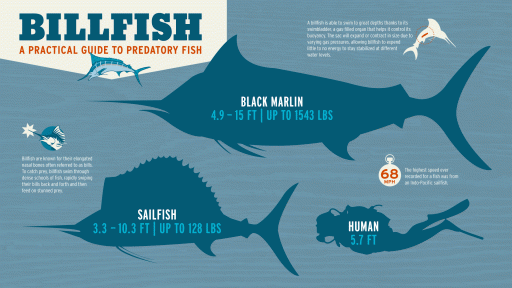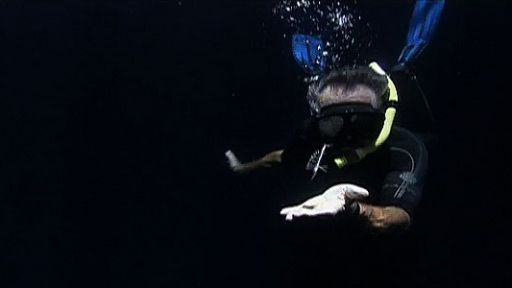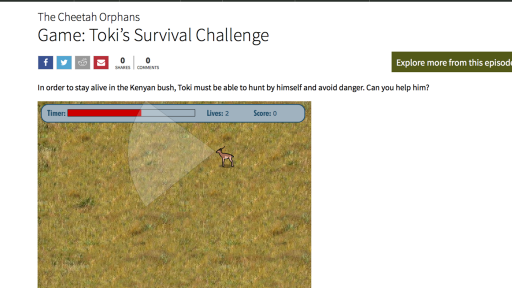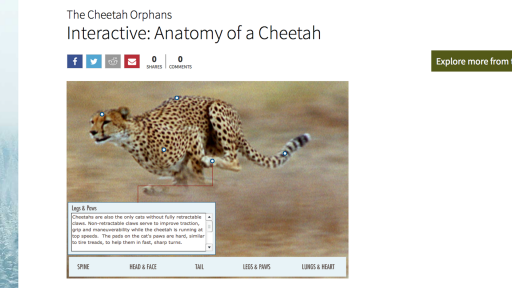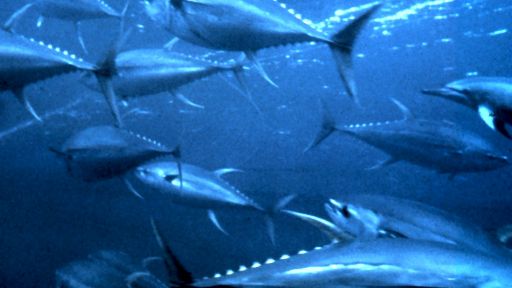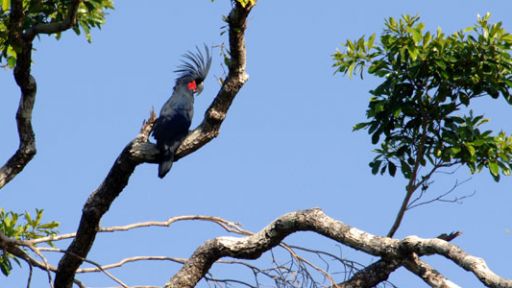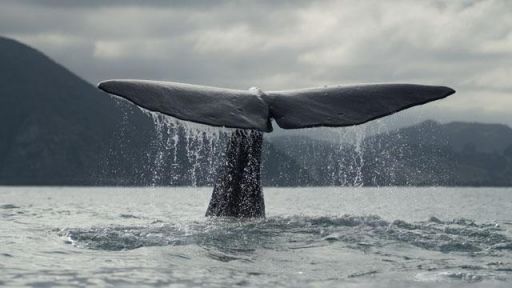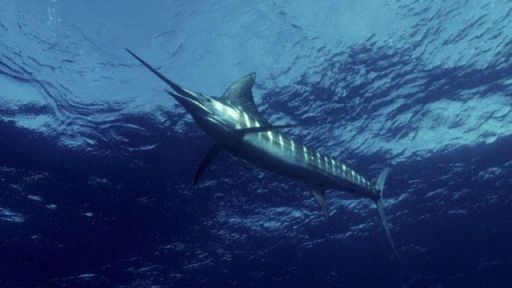Web Sites
General
Atlantic Blue Marlin – Florida Museum of Natural History
http://www.flmnh.ufl.edu/fish/Gallery/Descript/BlueMarlin/BlueMarlin.html
Biological profile of the Atlantic Blue Marlin.
White Marlin – Florida Museum of Natural History
http://www.flmnh.ufl.edu/fish/gallery/descript/whitemarlin/whitemarlin.html
Biological profile of the White Marlin.
Sailfish – Florida Museum of Natural History
http://www.flmnh.ufl.edu/fish/Gallery/Descript/Sailfish/Sailfish.html
Biological profile of the Sailfish.
Swordfish – Florida Museum of Natural History
http://www.flmnh.ufl.edu/fish/Gallery/Descript/Swordfish/Swordfish.html
Biological profile of the Swordfish.
Conservation
The Billfish Foundation
http://www.billfish.org/new/
The Billfish Foundation (TBF) is the only non-profit organization dedicated solely to conserving and enhancing billfish populations around the world. TBF’s comprehensive network of members and supporters includes anglers, captains, mates, tournament directors, clubs and sportfishing businesses. By coordinating efforts and speaking with one voice, we are able to work for solutions that are good for billfish and not punitive to recreational anglers.
Marine Fish Conservation Network
http://www.conservefish.org/site/
The Marine Fish Conservation Network (Network) is the largest national coalition solely dedicated to promoting the long-term sustainability of marine fish. With more than 190 members – including environmental organizations, commercial and recreational fishing associations, aquariums, and marine science groups – the Network uses its distinct voice and the best available science to educate policymakers, the fishing industry, and the public about the need for sound conservation and better management practices.
National Coalition for Marine Conservation
http://www.savethefish.org/home.htm
The National Coalition for Marine Conservation (NCMC), based in Virginia, is the USA’s oldest public advocacy group dedicated exclusively to conserving ocean fish and their environment. We work to prevent overfishing, reduce fish bycatch and protect marine habitat for fish such as swordfish, marlin, sharks, tuna, herring, striped bass and menhaden. Our mission is to build public awareness of the threats to our marine fisheries, provide constructive solutions, and convince state, national and international fishery managers to take appropriate action to reverse the overfishing effects on marine fish.
Blue Marlin Movements Tracked with Satellite Tags – Tuna Research and Conservation Center
http://www.tunaresearch.org/billfish/bluemarlin.html
This unique research effort is being undertaken by the TRCC scientists in cooperation with charter boat captains and recreational anglers, to monitor the movements, release survival parameters and water temperature preferences of Pacific blue marlin using the most recent and sophisticated satellite tagging and game fish catch-and-release technologies.
Southeast Fisheries Science Center
http://www.sefsc.noaa.gov/fisheriesbiology.jsp
The Migratory Fishery Biology Branch actively addresses the research needs identified in the Atlantic Billfish Research Plan in order to reduce the uncertainties of stock assessments, improve the biological basis for management, and enhance the rebuilding of Atlantic billfish stocks.
The Pacific Fishery Management Council
http://www.pcouncil.org/
The Pacific Fishery Management Council is one of eight regional fishery management councils established by the Magnuson Fishery Conservation and Management Act of 1976 for the purpose of managing fisheries 3-200 miles offshore of the United States of America coastline. The Pacific Council is responsible for fisheries off the coasts of California, Oregon, and Washington.
Prohibition on the Sale of Billfish in Virginia
http://www.mrc.virginia.gov/regulations/fr350.shtm
The purpose of this chapter is to provide for the conservation of the billfish resource off of the coast of Virginia by preventing the development of a commercial fishery through a prohibition of sale of billfish. The chapter supports the objectives of federal and interstate management measures for the Atlantic billfishes. The primary intent of these management measures is to optimize use of billfish by allowing harvest for recreational purposes only. Assessments that the billfish resource will not support added fishing pressure without causing stock declines.
Seafood
Monterey Bay Aquarium Seafood Watch
The Monterey Bay Aquarium offers this guide on what types of seafood are healthy for humans — and the environment. The information in the guide is available in formats that you can use on the go:
Seafood Watch Mobile Service Downloadable Pocket Guides FDA: Consumer Advisory
This advisory contains important information for pregnant women about the risks associated with mercury in fish and shellfish.
Fish and Omega-3 Fatty Acids
Visit this site for seafood recommendations from the American Heart Association.
Books & Print
International Billfish Symposium. Planning the future of billfishes: research and management in the 90s and beyond. Savannah, GA : National Coalition for Marine Conservation, Inc., 1989.
Joseph, James. International management of tuna, porpoise, and billfish : biological, legal, and political aspects. Seattle : University of Washington Press, 1979.

